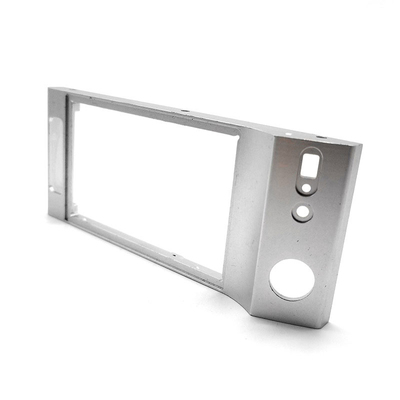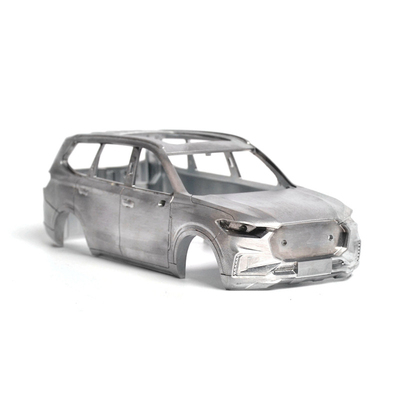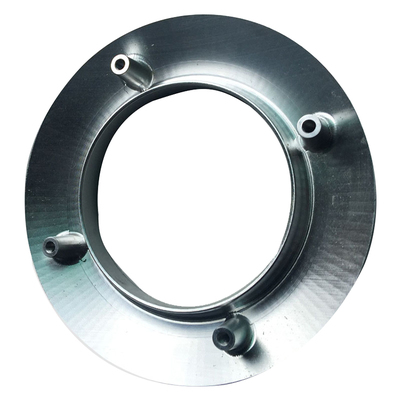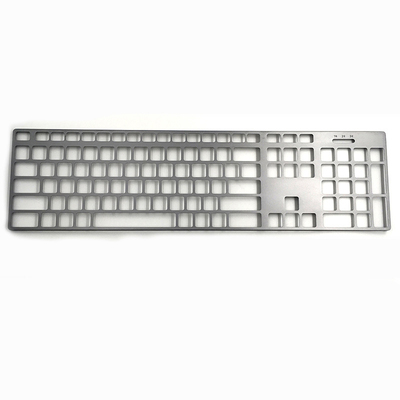How Do Precision Grinding Machines Work
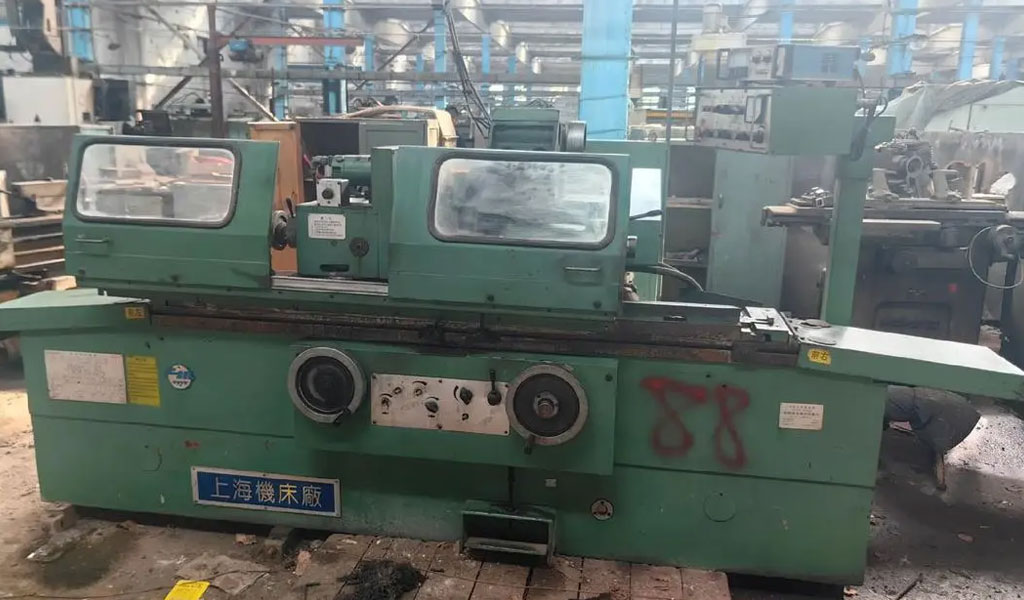
Precision grinding machines are a vital component in the field of advanced manufacturing and engineering. These machines are used to achieve high levels of accuracy and surface finish in various materials, making them essential in industries such as aerospace, automotive, toolmaking, and electronics. The ability of precision grinding machines to produce parts with tight tolerances and excellent surface quality makes them indispensable in modern production processes.
Types of Precision Grinding Machines
There are several types of precision grinding machines, each designed for specific applications and capable of achieving different levels of accuracy and surface finish. The most common types include:
-
Surface Grinding Machines:
- Surface grinders are used to produce a smooth finish on flat surfaces. They work by moving a grinding wheel back and forth over the surface of a workpiece. The workpiece is usually held in place by a magnetic chuck, which ensures stability and precision during the grinding process. Surface grinding machines are widely used in tool and die making, as well as in the production of precision components.
-
Cylindrical Grinding Machines:
- Cylindrical grinders are used to grind cylindrical or conical surfaces on a workpiece. These machines are typically used for producing high-precision shafts, bearings, and other cylindrical components. Cylindrical grinding can be performed on both external and internal surfaces of a workpiece, depending on the configuration of the machine.
-
Centerless Grinding Machines:
- Centerless grinders differ from other grinding machines in that they do not require a workholding device, such as a chuck or a fixture. Instead, the workpiece is supported between two wheels: a grinding wheel and a regulating wheel. The regulating wheel controls the speed and rotation of the workpiece, while the grinding wheel removes material to achieve the desired size and finish. Centerless grinding is commonly used for high-volume production of small, cylindrical parts.
-
Internal Grinding Machines:
- Internal grinders are designed to grind the internal surfaces of a workpiece, such as the inside of a bore or a hole. These machines are often used in the production of bearings, bushings, and other components with precise internal dimensions. Internal grinding requires high levels of accuracy and specialized tooling to achieve the desired results.
-
Tool and Cutter Grinding Machines:
- Tool and cutter grinders are used to sharpen and recondition cutting tools, such as end mills, drills, and lathe tools. These machines are equipped with various attachments that allow for the grinding of complex tool geometries, ensuring that the cutting tools maintain their sharpness and accuracy over time.
Working Principles
The working principles of precision grinding machines are based on the process of material removal through abrasion. Grinding is a subtractive machining process, where a grinding wheel, made of abrasive particles, rotates at high speed and comes into contact with the workpiece. The abrasive particles on the grinding wheel act like tiny cutting tools, removing small amounts of material from the workpiece surface with each pass. The primary factors that determine the grinding process include:
-
Grinding Wheel Composition:
- The grinding wheel is the key component in the grinding process, and its composition plays a crucial role in determining the quality of the finished workpiece. The grinding wheel is typically made of abrasive grains bonded together with a bonding material. Common abrasive materials include aluminum oxide, silicon carbide, cubic boron nitride (CBN), and diamond. The choice of abrasive material depends on the hardness and toughness of the workpiece material.
-
Grinding Wheel Speed:
- The speed at which the grinding wheel rotates, known as the peripheral speed, is a critical factor in the grinding process. Higher speeds generally result in faster material removal rates, but they can also lead to increased heat generation and potential damage to the workpiece. Precision grinding machines are equipped with variable speed controls to optimize the grinding process for different materials and applications.
-
Feed Rate and Depth of Cut:
- The feed rate refers to the rate at which the workpiece is fed into the grinding wheel, while the depth of cut refers to the amount of material removed in a single pass. Both of these parameters must be carefully controlled to achieve the desired surface finish and dimensional accuracy. Excessive feed rates or depths of cut can cause the grinding wheel to overheat, leading to thermal damage, such as burning or cracking of the workpiece.
-
Coolant Application:
- Coolants play a vital role in precision grinding by reducing heat generation and flushing away chips and debris from the grinding zone. Proper coolant application helps prevent thermal damage to the workpiece and prolongs the life of the grinding wheel. Coolants are typically applied as a liquid mist or in a flood configuration, depending on the specific grinding operation.
Accuracy and Surface Finish
Precision grinding machines are renowned for their ability to achieve exceptional levels of accuracy and surface finish. The accuracy of a grinding process is typically measured in microns (µm), with tolerances as tight as ±0.001 mm being achievable in some applications. The surface finish is measured using parameters such as Ra (average roughness), with values as low as 0.1 µm being attainable on high-precision components.
To achieve such high levels of accuracy and surface finish, precision grinding machines are built with rigid and stable structures, often made of cast iron or other vibration-damping materials. The machines are also equipped with high-precision spindles and bearings, which ensure minimal runout and consistent grinding performance. Additionally, advanced CNC (Computer Numerical Control) systems are used to control the grinding process with high precision, allowing for complex geometries and intricate details to be machined with ease.
Applications of Precision Grinding
Precision grinding is used in a wide range of industries and applications, including:
-
Aerospace:
- In the aerospace industry, precision grinding is used to produce critical components such as turbine blades, engine shafts, and landing gear parts. These components must meet strict dimensional tolerances and surface finish requirements to ensure reliable operation under extreme conditions.
-
Automotive:
- Precision grinding is essential in the production of automotive parts such as crankshafts, camshafts, and transmission components. The high levels of accuracy and surface finish achieved through grinding contribute to the performance and longevity of these parts.
-
Tool and Die Making:
- In the tool and die industry, precision grinding is used to produce molds, dies, and cutting tools with intricate geometries and tight tolerances. The quality of these tools directly impacts the accuracy and quality of the final products they are used to manufacture.
-
Electronics:
- Precision grinding is used in the electronics industry to produce components such as semiconductor wafers, optical lenses, and connectors. The fine surface finishes and precise dimensions achieved through grinding are critical for the performance and reliability of electronic devices.
-
Medical Devices:
- In the medical industry, precision grinding is used to manufacture surgical instruments, implants, and other medical devices that require high levels of accuracy and surface finish. The use of precision grinding ensures that these devices meet the stringent standards required for use in medical applications.
Conclusion
Precision grinding machines are an integral part of modern manufacturing, enabling the production of high-precision components with tight tolerances and superior surface finishes. The ability to achieve such levels of accuracy and surface quality makes precision grinding essential in various industries, from aerospace and automotive to electronics and medical devices. With ongoing advancements in grinding technology, including the development of new abrasive materials and CNC control systems, precision grinding machines will continue to play a critical role in the production of high-quality components for years to come.
Reprint Statement: If there are no special instructions, all articles on this site are original. Please indicate the source for reprinting:https://www.cncmachiningptj.com/,thanks!
 3, 4 and 5-axis precision CNC machining services for aluminum machining, beryllium, carbon steel, magnesium, titanium machining, Inconel, platinum, superalloy, acetal, polycarbonate, fiberglass, graphite and wood. Capable of machining parts up to 98 in. turning dia. and +/-0.001 in. straightness tolerance. Processes include milling, turning, drilling, boring, threading, tapping, forming, knurling, counterboring, countersinking, reaming and laser cutting. Secondary services such as assembly, centerless grinding, heat treating, plating and welding. Prototype and low to high volume production offered with maximum 50,000 units. Suitable for fluid power, pneumatics, hydraulics and valve applications. Serves the aerospace, aircraft, military, medical and defense industries.PTJ will strategize with you to provide the most cost-effective services to help you reach your target,Welcome to Contact us ( [email protected] ) directly for your new project.
3, 4 and 5-axis precision CNC machining services for aluminum machining, beryllium, carbon steel, magnesium, titanium machining, Inconel, platinum, superalloy, acetal, polycarbonate, fiberglass, graphite and wood. Capable of machining parts up to 98 in. turning dia. and +/-0.001 in. straightness tolerance. Processes include milling, turning, drilling, boring, threading, tapping, forming, knurling, counterboring, countersinking, reaming and laser cutting. Secondary services such as assembly, centerless grinding, heat treating, plating and welding. Prototype and low to high volume production offered with maximum 50,000 units. Suitable for fluid power, pneumatics, hydraulics and valve applications. Serves the aerospace, aircraft, military, medical and defense industries.PTJ will strategize with you to provide the most cost-effective services to help you reach your target,Welcome to Contact us ( [email protected] ) directly for your new project.

- 5 Axis Machining
- Cnc Milling
- Cnc Turning
- Machining Industries
- Machining Process
- Surface Treatment
- Metal Machining
- Plastic Machining
- Powder Metallurgy Mold
- Die Casting
- Parts Gallery
- Auto Metal Parts
- Machinery Parts
- LED Heatsink
- Building Parts
- Mobile Parts
- Medical Parts
- Electronic Parts
- Tailored Machining
- Bicycle Parts
- Aluminum Machining
- Titanium Machining
- Stainless Steel Machining
- Copper Machining
- Brass Machining
- Super Alloy Machining
- Peek Machining
- UHMW Machining
- Unilate Machining
- PA6 Machining
- PPS Machining
- Teflon Machining
- Inconel Machining
- Tool Steel Machining
- More Material

